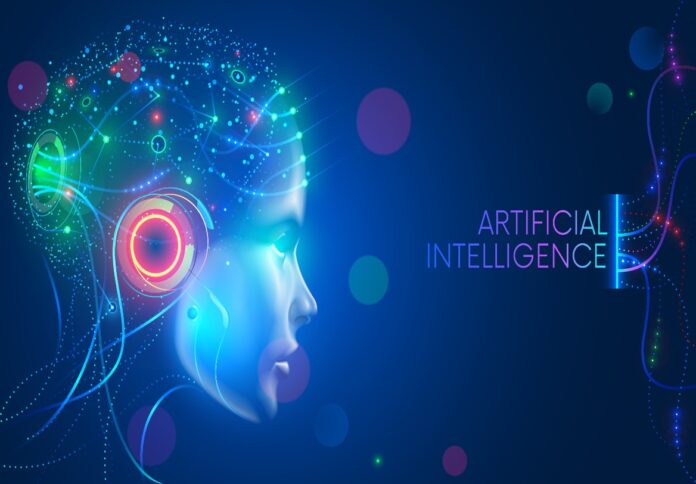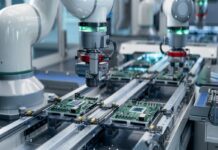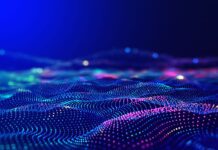
The Royal Swedish Academy of Sciences announced that the 2024 Nobel Prize in Physics will be awarded to John J. Hopfield from Princeton University, NJ, USA, and Geoffrey E. Hinton from the University of Toronto, Canada.
The duo has been recognised “for foundational discoveries and inventions that enable machine learning with artificial neural networks.”
This year’s laureates have made significant contributions to the field of artificial intelligence by utilizing principles from physics to enhance machine learning technologies, the academy stated in a press release.
Their work has laid the groundwork for the sophisticated neural networks that underpin many modern AI applications.
Contributions to machine learning
According to the academy, John Hopfield is best known for his invention of the Hopfield network, a revolutionary model that allows for the storage and reconstruction of images and patterns from data.
Utilising concepts from physics, specifically the characteristics of atomic spin, Hopfield’s network resembles the energy dynamics of physical systems.
In practical terms, this means that when presented with a distorted or incomplete image, the Hopfield network systematically processes and adjusts its internal values to converge on the closest stored image, thereby minimising its energy.
Geoffrey Hinton, often dubbed the “godfather of deep learning,” built upon Hopfield’s foundational work by developing the Boltzmann machine, a model that autonomously identifies and classifies elements within datasets.
Hinton employed statistical physics to create this learning framework, which relies on feeding the machine examples to enhance its classification capabilities.
His innovations have driven the rapid advancements in machine learning seen over the past several decades.
The intersection of physics and AI
The award highlights the profound intersection of physics and artificial intelligence. As noted by Ellen Moons, Chair of the Nobel Committee for Physics, “The laureates’ work has already been of the greatest benefit. In physics, we use artificial neural networks in a vast range of areas, such as developing new materials with specific properties.”
Artificial neural networks, inspired by the structure and function of the human brain, consist of interconnected nodes that mimic neurons.
These networks learn by adjusting the strengths of their connections, akin to synapses, based on the data they process.
The application of physics principles in the design and function of these networks has resulted in powerful tools for various fields, from image recognition to material science.





















